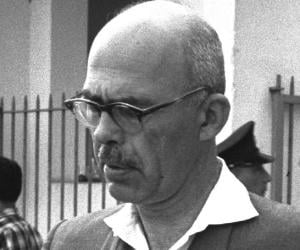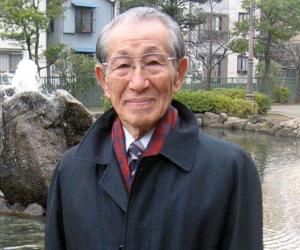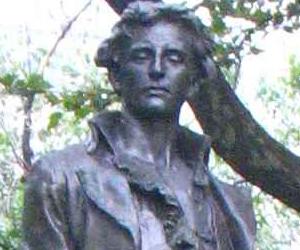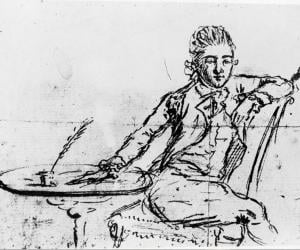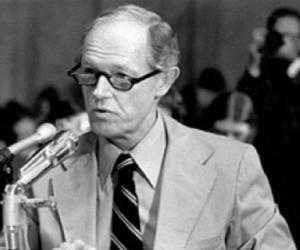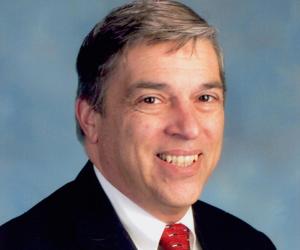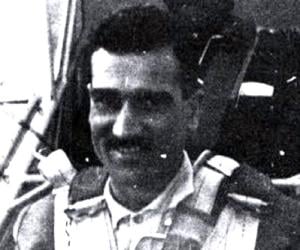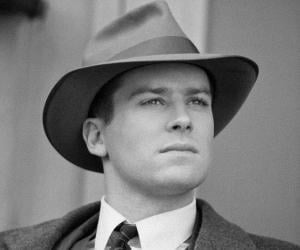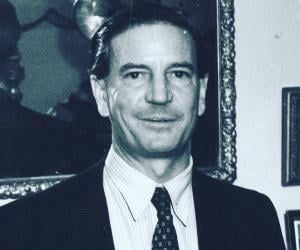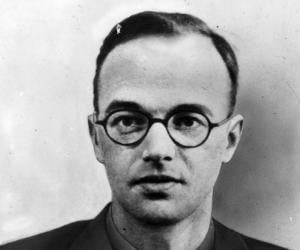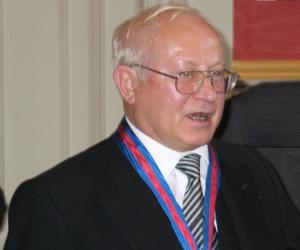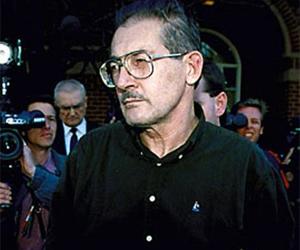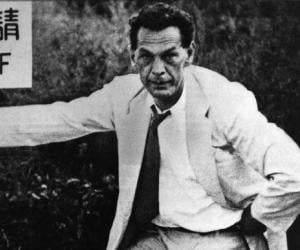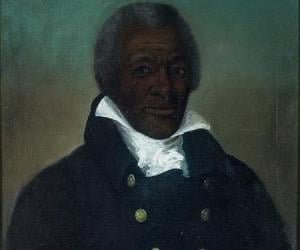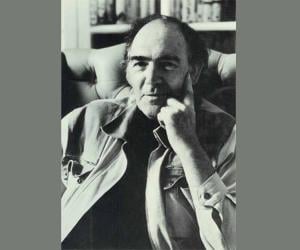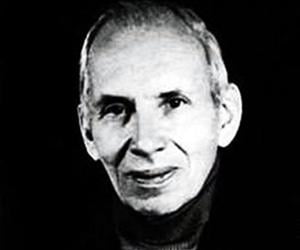Nathan Hale was an American soldier, Patriot, and spy who worked for the Continental Army. He played an important role during the American Revolutionary War, volunteering for an intelligence-gathering mission. Nathan Hale was captured and executed by the British in 1776. Hale is regarded as an American hero for his important contribution during the American Revolutionary War.
John André was a British military leader who served as a major in the British Army. He played an important role during the American Revolutionary War, serving as the head of the British Army's Secret Service in America. He was executed by the Continental Army on 2 October 1780. John André's life inspired many artworks, including the 1798 play André.
E. Howard Hunt was an American author and intelligence officer. He is best remembered for his service in the Central Intelligence Agency from 1949 to 1970, during which he served as an officer. E. Howard Hunt was part of the White House Special Investigations Unit during the presidency of Richard Nixon.
Robert Hanssen is a former FBI agent who was convicted of spying against the U.S., for the Russian intelligence agencies. Hanssen reportedly sold countless classified documents containing U.S. nuclear and military strategies. He pleaded guilty to avoid the death penalty. He eventually received 15 life sentences, without parole.
Clyde Tolson was an American associate director of the FBI from 1930 to 1972. He is perhaps best remembered for his relationship with FBI Director J. Edgar Hoover; it has been speculated that Clyde Tolson shared an intimate relationship with Hoover.
British intelligence officer Kim Philby was also a Soviet double agent. He was part of the spy group known as the Cambridge Five and leaked classified information to the Soviet Union during World War II and the Cold War. He later defected to Moscow and spent his final years there.
German theoretical physicist Klaus Fuchs worked on many significant theoretical calculations relating to the first nuclear weapons. He was also an atomic spy who provided information about nuclear weapons production to the Soviet Union during World War II. He was convicted and jailed for nine years, following which he resumed his career as a physicist.
Aldrich Ames is a former CIA officer who later became a KGB double agent. He was convicted of spying and is currently serving a life sentence. He allegedly worked as a Soviet spy and revealed classified CIA data. He inspired the 1998 film Aldrich Ames: Traitor Within.
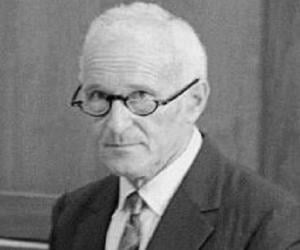
Sidney Gottlieb was an American spymaster and chemist who played a major role in the CIA's mind-control program and assassination attempts during the 1950s and 1960s; the illegal human experimentation program which he headed was called Project MKUltra.
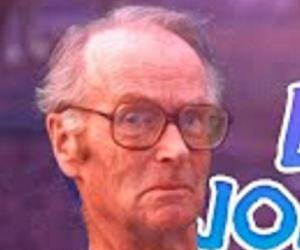
British civil servant John Cairncross is remembered in history as one of the 5 men of the Cambridge spy ring who served as Soviet spies. He had to give up his civil service job amid accusations of him being a Soviet spy. He later began an academic career, teaching at Northwestern University.
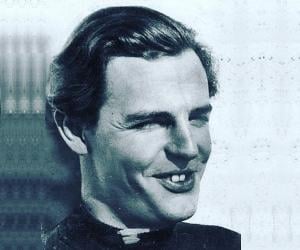
While he was a member of the British Foreign Office, diplomat Donald Maclean was also simultaneously spying for the Soviet Union as part of the Cambridge Five, supplying them confidential information. He eventually vanished from England and reappeared as a Communist in the Soviet Union, years later.
Richard Sorge was a German journalist and Soviet military intelligence officer. He was active before and during the Second World War. He worked undercover in both Nazi Germany and the Empire of Japan under the codename, "Ramsay." He was arrested, tortured, and hanged in 1944. In 1964, he was posthumously awarded the title of Hero of the Soviet Union.
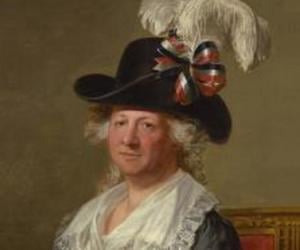
Chevalier d'Éon not just fought for France in the Seven Years' War but was also a spy. Interestingly, he led the first half of his life as a man and the second half as a woman. In his unpublished memoir, he claimed he was a woman raised as a man.
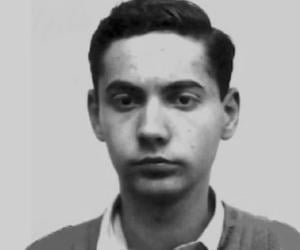
Theodore Hall was an American physicist. He was one of the atomic spies for the Soviet Union during World War II. Hall gave a detailed description of a plutonium bomb named Fat Man to the Soviet Union. He also passed on vital information such as the processes involved for purifying plutonium. His life inspired a documentary titled A Compassionate Spy.
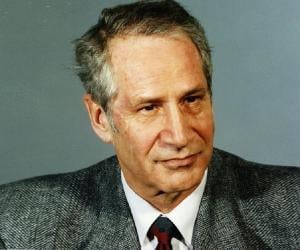
Markus Wolf was a German intelligence officer best remembered for his service as the chief of the Main Directorate for Reconnaissance. He played an important role during the Cold War and is often counted among the most popular spymasters during the war. Thanks to his elusiveness, Markus Wolf was nicknamed the man without a face in the West.
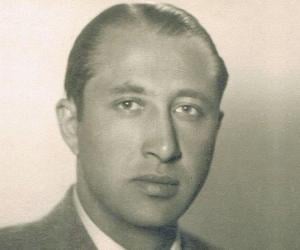
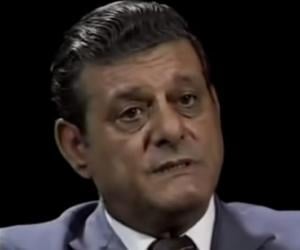
Frank Sturgis was an American spy who worked as an undercover agent for the Central Intelligence Agency. He was counted among the five Watergate burglars whose arrest led to the end of Richard Nixon's presidency. Frank Sturgis served in multiple branches of the US military. He also served in the Cuban Revolution of 1958.
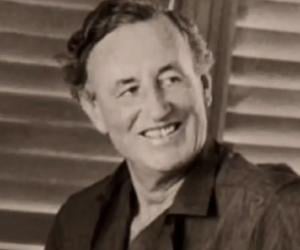
James Armistead Lafayette was an enslaved African American. He is best remembered for his service in the Continental Army during the famous American Revolutionary War, where he worked under the command of a French aristocrat and military officer named Lafayette. He worked as a double agent, feeding the British with wrong information and disclosing accurate information to the Americans.
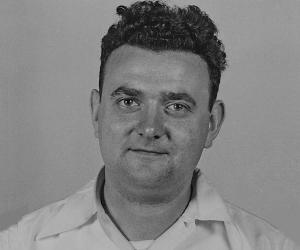
David Greenglass was an atomic spy who worked for the Soviet Union. He was part of the Manhattan Project and was also stationed at the Clinton Engineer Works, a uranium enrichment facility in Tennessee. David Greenglass' testimony helped convict his brother-in-law Julius and his sister Ethel Rosenberg.
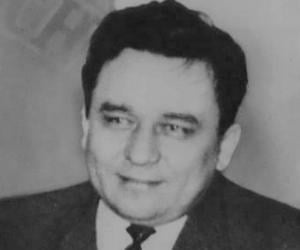
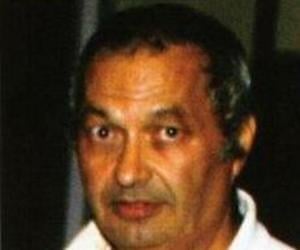
Noshir Gowadia is a former design engineer. A convicted spy for several countries, Gowadia was indicted for selling classified information to individuals in Switzerland, Germany, and Israel and to China. Noshir Gowadia received a 32-year prison sentence in 2011.

Edwin P. Wilson was a former CIA officer who was convicted of illegally selling weapons to Libya in 1983. He also served as an officer in the Office of Naval Intelligence before his conviction. However, his convictions were overturned in 2003 and Edwin P. Wilson was freed in 2004.
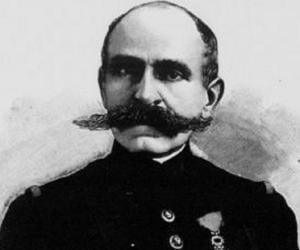

Theodore Schurch was a British soldier who was captured and executed under the Treachery Act 1940 after World War II. Theodore Schurch became the only British soldier to be executed for treachery during the war. He was also the last British person to be executed for an offence other than homicide.
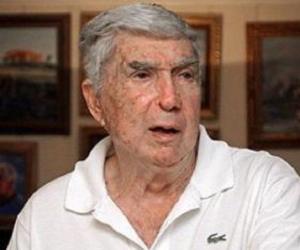

Peter Wright was the longest-serving scientist associated with Britain’s counter-intelligence service, MI5. He soared to fame with his international bestseller, Spycatcher, co-written with author Paul Greengrass, which exposed some major flaws of the MI5. He spent his final years in Australia and also became an Australian citizen.
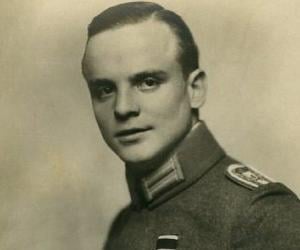
Josef Jakobs was a German spy who was caught by the United Kingdom during World War II. He was caught after parachuting into the UK and was sentenced to death. On 15 August 1941, Josef Jakobs was put before a firing squad at the Tower of London, making him the last person to be executed at the famous site.
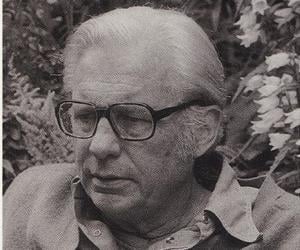
Miles Copeland, Jr. was an American businessman, musician, and Central Intelligence Agency officer. He is remembered for his close friendship with Gamal Abdel Nasser and his famous books on intelligence. Miles Copeland, Jr. played important role in the March 1949 Syrian coup d'état as well as in the 28 Mordad coup d'état, participating in many covert operations in the process.
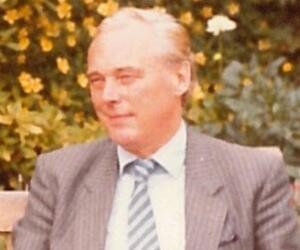
British civil servant John Vassall became a Soviet spy after facing blackmail from the KGB, which threatened to reveal his homosexuality. Initially a war photographer for the RAF, he later assisted the British naval attaché in Moscow. Released after a 10-year imprisonment for his crimes, he changed his surname and settled in London.
John Gardner was an English spy and author. He is best remembered for his thriller novels, including the continuation novels containing Ian Fleming's iconic character James Bond and Sir Arthur Conan Doyle's villain Professor James Moriarty. John Gardner wrote over 50 works of fiction, including 14 original James Bond novels.
American chemical engineer George Koval was one of the most significant Soviet spies of the 20th century. Born to Belarusian immigrants in Iowa, Koval later moved to Russia with his family. Codenamed Delmar, he later worked in the U.S. atomic laboratories and supplied classified information to Russia.
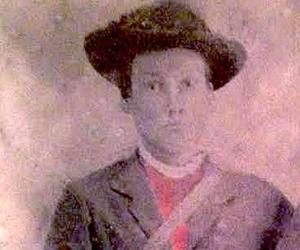
Confederate soldier Sam Davis, who was captured, convicted and executed by Union forces at just 21 years of age in Pulaski, Tennessee, during the American Civil War, is remembered for his courage and loyalty and lauded as the Boy Hero of the Confederacy. A martyr to the Confederate cause, Davis was eulogized by Middle Tennesseeans for his bravery and sacrifice.

Harro Schulze-Boysen was a German publicist and military officer who was active during the Second World War. He is credited with publishing a left-leaning political magazine called Der Gegner (The Opponent). Personalities like Karl Korsch, Ernst von Salomon, and Raoul Hausmann among others contributed to the content of the magazine.

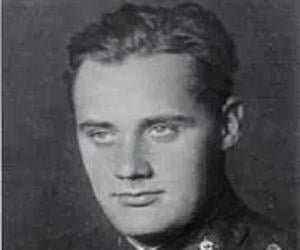
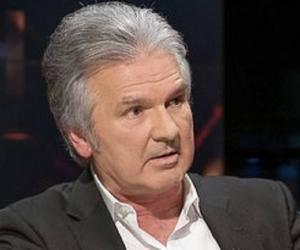
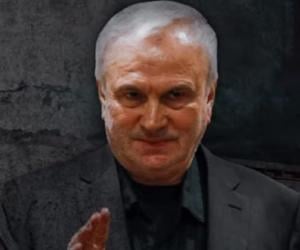
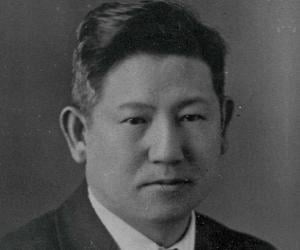
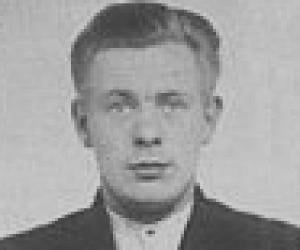
Duncan Scott-Ford was a British merchant seaman. He was accused of passing vital information to an enemy agent during World War II, for which he was executed on 3 November 1942 at the age of 21. Duncan Scott-Ford was part of the Royal Navy and Merchant Navy prior to his execution.
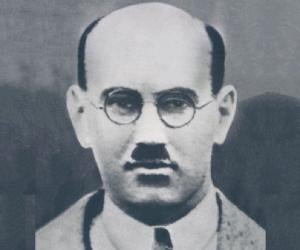
British physicist Alan Nunn May went down in history as a traitor who betrayed Britain and the U.S. by passing on confidential information about the Manhattan Project, or the development of the atom bomb, to the Soviet Union, as a spy. Sentenced to 10 years of hard labor, he served 6.
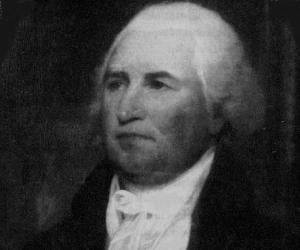
Edward Bancroft was a Massachusetts-born chemist and physician. He played an important role during the American Revolution, working as a double agent for both Great Britain and the United States. Edward Bancroft's activity as a double agent wasn't disclosed until 1891, when diplomatic papers were made public knowledge by Great Britain.
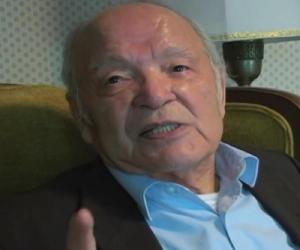
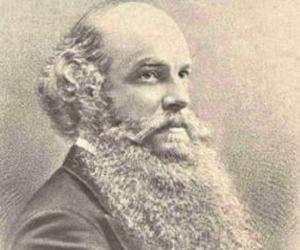
Laurence Oliphant was a South African-born British traveller, author, diplomat, Christian Zionist, Christian mystic, and British intelligence agent. He is best remembered for his satirical novel, Piccadilly. Laurence Oliphant is also remembered for his work of esoteric Christianity along with his wife Alice. The work was published as Sympneumata, or Evolutionary Forces Now Active in Man in 1885.

John Honeyman was a British informant and American spy for George Washington, the first president of the United States. His primarily duty was to spread disinformation. John Honeyman also gathered the intelligence that facilitated George Washington's triumph in the Battle of Trenton.
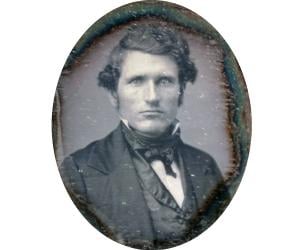
American detective Lafayette C. Baker who served the Union Army during the American Civil War, is also remembered for his espionage activities. He apparently spied on the Confederate Army for General Winfield Scott. However, in spite of heading the Union intelligence forces, he was sacked for allegedly spying on President Andrew Johnson.
